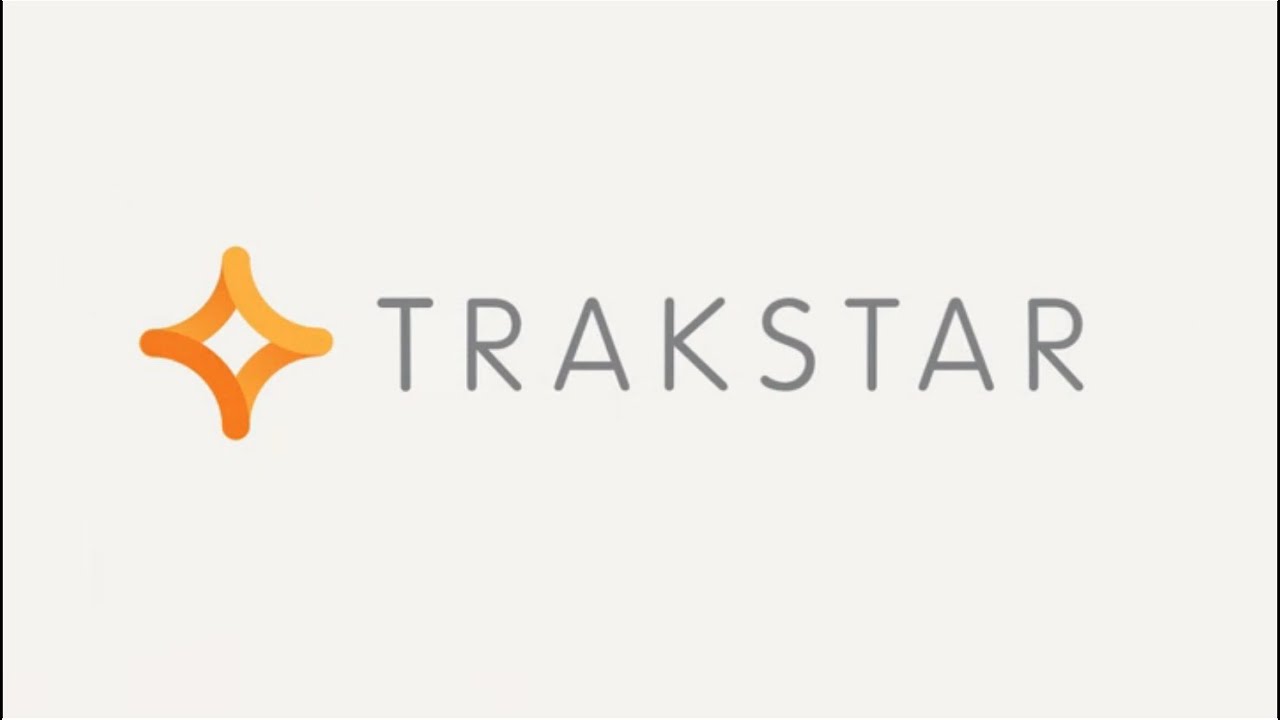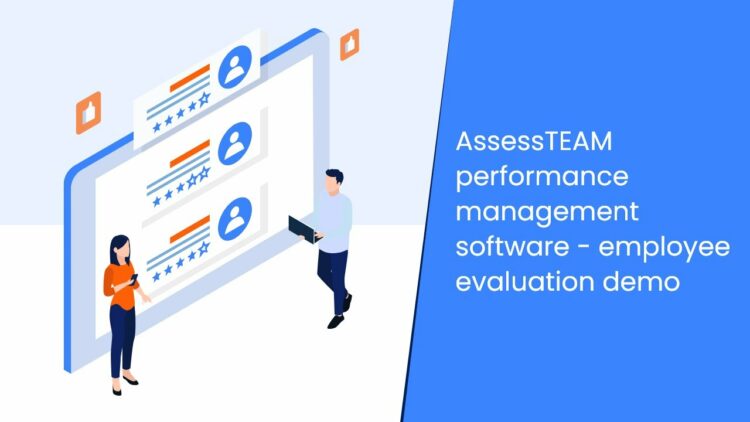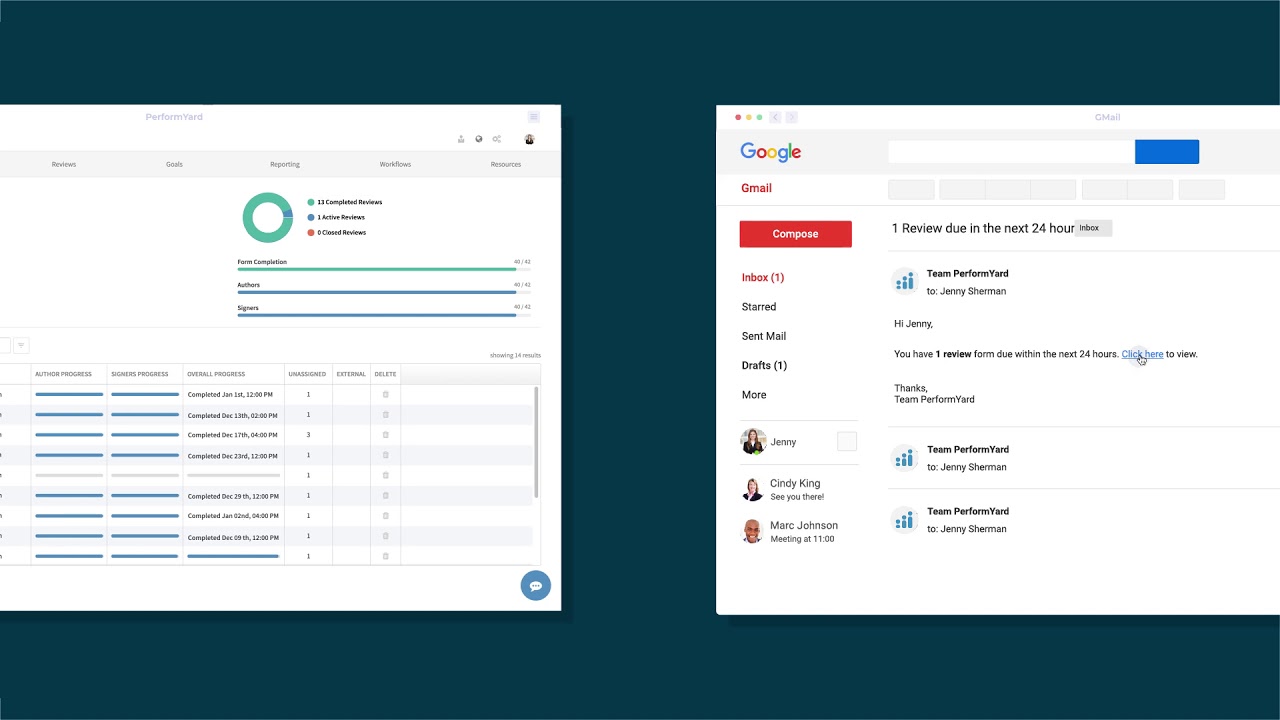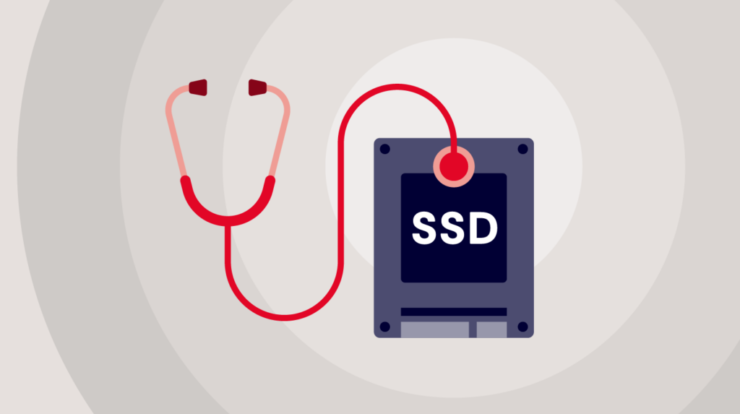
Performance Management Software To Use: An effective team can produce great results. However, regardless of the extent of your team, their efficiency will determine the success of your business. A worker should be able to create value in as little as a few hours, despite the impossibility of maintaining peak performance for 8-10 hours per week. Therefore, engaging with and monitoring employees is essential to determine the factors that motivate or demotivate them.
Why Is It Vital To Keep A Check On Employee Productivity?
Evaluating performance can benefit the organization and the people who work there. With the transition of many offices to hybrid working systems, the need to monitor workflow has grown, as have impediments. Regular check-ins and tools can evaluate the output of the team’s efforts and the time it takes to achieve specific goals. Performance Management Software can also help administrators measure productivity and remove roadblocks.
Managers can determine the causes of low productivity and develop solutions. The objective is to maintain consumers satisfied, employees motivated, and the business operating efficiently. Work inefficiency can lead to various problems regarding working style, management style, and working conditions. Such issues necessitate greater deliberation and monitoring to be observed. The solutions can help the newer additions integrate well into the work environment and increase the effectiveness of current employees. It will also inform the manager how and under what conditions employees give their best effort.
Keeping an eye on employee productivity helps management determine the number of people required for a specific task or project. For instance, a report for a client must be submitted within a week, but the team of three people has only completed 40% of it by Wednesday. The manager will recognize that additional people are needed to serve the specific client and will submit the request to hire additional candidates or expand the team. The evaluation also helps with annual increments. An employee who achieves the intended results but misses the deadlines can be readily distinguished and rewarded accordingly. It ensures that the functioning system is equitable.
Ensure Productivity In The Workplace With Performance Management
Setting Expectations
Since preliminary results cannot be used to measure the performance of a business, ambiguous expectations cannot be used to measure an employee’s performance. However, setting distinct short- and long-term team objectives can help employees maintain productivity and deliver on time.
Count Tasks, Not Minutes
Measure the quantity of work an employee completes, not the amount of time spent seated at a computer. Some people may require a few hours to complete a task, whereas others may divide it daily. It helps to achieve goals to give tasks importance.
Give Constructive Feedback
Employees want to know what they can do better and what to work on. Constructive criticism and compliments can ensure positive reinforcement and help cross more tasks off the to-do list. In addition, continuous appreciation and feedback will increase productivity.
Track Time
Yes, the completed tasks should be considered, but tracking their time management skills is also essential. This is because an employee may take longer than usual to complete a basic task, hindering the team’s overall productivity. It can also help you determine the number of hours it takes to complete a task or the time it takes for one individual to complete it.
Track Digital Time
Unless an employee is a social media manager, social networking sites can distract them from their assigned tasks. Digital browsing can also be a source of distractions. Keeping track of the use of such activities can help you understand the behavior of your employees and act accordingly.
Focus On Quality
Remembering that quality is preferred over quantity when measuring the factors mentioned above is essential. Therefore, if employees require more time to produce higher quality work, they must be compensated for their additional efforts to achieve the task.
Update Regularly
Create a system of regular updates for employees to measure their own and others’ productivity cycles. It will ensure collaboration and help you track their progress. The discrepancies in the productivity chart will also help you understand the obstacles along the road so that you can take the appropriate action.
Document Everything
Monitor the deliverables and timeline for each task. The consistency of the tasks can be maintained with the help of daily updates containing the specified dates. Setting deadlines can help employees manage their time and work towards goals.
Performance Management Software Tenets
Employers should strive to identify the patterns of each employee and the production cycle in a performance management system. After collecting these data, the next task is encouraging the correct stimuli to measure differences. This can help you evaluate performance and reward employees for the appropriate tasks. To encourage repeating the same behavior and help maintain consistency, it is advantageous to recognize and reward employees for a particular work. However, measuring and tracking every employee can be time-consuming and challenging.
Various tools, such as performance management software, have been developed to help manage office activities due to the evolution of technologies and time. These software programs include various features that can be used according to business needs. For example, you can use software that helps you and the employee track and monitor the progress of the work while facilitating communication. Intelligent systems create intelligent solutions and more outstanding value. Therefore, it is essential to select software that complements your work. Before discussing the best software on the market, let’s discuss the fundamentals of performance management software that will benefit you and your employees.
Helps Set Clear & Concise Benchmarks
Software that does not contribute to the complexity of measuring success should be preferred. A system like this will enable you to focus on results and help you set success criteria.
Creates Automated System
A system that is intelligent and controlled by AI can help track statuses more effectively. A system that allows for setting regular reminders and storing essential information about each employee will help you manage more effectively.
Enables Sharing Achievements & Goals
Software that allows employees to achieve their goals and success with their colleagues can help boost productivity. In addition, consistent feedback and assistance from other teams and departments can foster a sense of workplace solidarity and a positive culture.
Lets Employees Self-evaluate
Software that provides evaluation tools and questionnaires will also help employees track their performance and progress. This results in a sense of proprietorship over tasks and promotes task accountability. When the employee can evaluate their progress, they will focus on their growth.
Helps Create Periodic Goals
A system with multiple features for setting goals or tasks can help employees keep track of their work. For example, when employees know what is expected of them, they can set up tasks in the system to track their progress on initiatives. This will also help administrators monitor the status of assigned tasks.
Makes Employee Evaluation Easier For Managers & Employers
By displaying complete information about an employee’s work on a single screen, the software should simplify for managers to evaluate employees. In addition, the software should simplify collecting, storing, and tracking employee work habits. Finally, streamlining your working systems will help reduce the time spent manually keeping track of everything. Various systems are available, but the best software provides all of the above features and helps you in multiple ways.
Top Performance Management Software
As we curated, the best Performance Management Software is listed below.
1. Eloomi
Eloomi is a performance evaluation system that helps with employee recruitment, evaluation, and training. This tool helps you examine videos of specific skills and learn on the job, complete compliance surveys, create daily checklists, complete surveys, and share your results with the team. With Eloomi, employees can measure their progress with tasks and skills and share feedback and scores with managers. Individuals are encouraged to work on themselves by a guided interface facilitating access to pertinent skills. In addition, you receive study material that helps you feel confident about your upcoming review.
2. Trakstar
According to the company’s website, Trakstar teaches employees what “good” appears like. This performance management software is one of the best in the industry, and HR and managers rely heavily on it to evaluate employees. The software’s tools and features help employees remain engaged and complete review cycles on time. It helps your employees create value for the organization by achieving their goals and motivates them to perform better through extensive results. Employers can create job description segments and set expectations for their teams using the software. Notices and notifications help to create faster processes and lessen HR’s workload. This software maintains employee and employer satisfaction through routine reviews and feedback from both parties.
3. AssessTeam
AssessTeam is a great method to evaluate an employee’s performance from all angles. It is an easy-to-install software that can also be accessed via mobile devices. This system facilitates a straightforward evaluation of your skills and consistency as an organization’s employee through monitoring and management tools. The HR department is free to alter processes according to the company values and provide feedback based on employee engagement with those values. The software grants employees access to feedback from various sensors, including administrators from other departments. This performance management software is a great way to set expectations for new and existing employees. It lets you track an employee’s progress at regular intervals thanks to its 30-60-90 evaluation method. The software provides data that can be compared to industry and company performance.
4. PerformYard
PerformYard software was developed to simplify HR processes through formal evaluation and reporting. It allows you to set up the system according to your organization, just like the previous software. It is a feedback and performance-focused system that helps employees receive feedback and regular check-ins. The software helps employees manage their daily, weekly, and monthly goals, and employers track these goals and provide feedback based on their performance. It lets you distribute reports before the end-of-year evaluation and ensures that employees produce the desired results.
5. BambooHR
BambooHR is a performance appraisal program that helps the HR department create accurate reviews based on each employee’s responses. This tool lets you plan employee evaluations and review their work and team spirit. With the evaluation grids available on a single page, BambooHR helps the department and administrators observe the employee progress report. The software lets you collect feedback and highlight employee career development. It also helps you derive a company progress report to measure the company’s progress and help you create additional objectives. This tool also helps administrators understand employee motivation and the company’s perspective.
6. Culture Amp
The entire company is aligned with the values and principles of Culture Amp performance management software. It helps employees recognize their goals and expectations in a single step. Culture Amp fosters a culture of feedback and progress, as its name suggests. The reviews and consistent monitoring of employee motivation and development help to empower teams and improve performance. It fosters team cohesion by establishing a connection between the manager and the employee. The employer is also able to evaluate the employee’s set goals.
7. Traitify
Traitify employs scientific and graphical formats to evaluate employees. It’s a great method to personalize the experiences of hiring managers and mentees. This performance management software differs from those on the list because it allows you to search for jobs. It enables the Human Resources department to evaluate candidates and provide more detailed feedback. Centralizing employee information and documents also helps to speed up the recruitment process. This software enables administrators to ensure teams’ high performance. Regular feedback helps with employee personality development and team growth. One of the software’s best features is the soft-skills evaluation tools that help you understand your personality and work on yourself.
8. Lattice
Lattice has been developed to encourage and inspire employees across all departments. It helps management support and manage their employees’ progress within the company. Lattice lets teams know the objectives and sets expectations through frequent updates and goals on the software. It helps teams set agendas and coordinate meetings. Managers are encouraged to check in with employees and set up one-on-one reviews. With evident praise and feedback features, the software maintains the teams’ motivation and readiness for the subsequent tasks. In addition, employees can track individual and team performances and help with growth.
9. ChartHop
ChartHop helps the team develop by extracting meaning from the performance review cycles. The platform enables you to personalize and tailor performance review queries to the requirements of your organization. In addition, the tool helps you evaluate your employees’ performances and growth. The information from the analysis enables you to set goals for the following time and evaluate performance levels.
Also, Check:
The Bottom Line:
Remember that transparency and encouragement are essential for retaining the employees’ support regardless of the software you choose. For example, an employee who is highly motivated and focused will improve their performance with each evaluation. In addition, by allowing them to alter their management style with feedback, management tools can also help employers.






